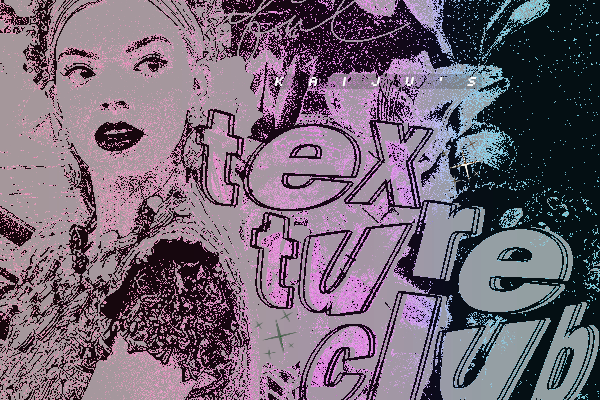HOME | DD
 Lurvig01 — Talbotype
by-nc-nd
Lurvig01 — Talbotype
by-nc-nd

Published: 2010-11-15 17:26:13 +0000 UTC; Views: 1171; Favourites: 16; Downloads: 13
Redirect to original
Description
..................English................The kalotípia talbotype or photography used in a positive or a negative image capture process name.
Practice is negative
Also William Henry Fox Talbot's invention, from 1840, but later Eduard Baldus, and Louis-Desiré Blanquart-Evrard amended perfected. In the mid-1850s was widespread, as the positive version, is now one of the least frequently occurring negative, the value of the remaining specimens are very high.
In contrast to a less positive talbotíp fade, as established by the developing silver grains is much larger than the kimásolópapírban generated colloidal silver fineness. To improve the sharpness of the image (the paper fibers removes the shadow copy) of the negatives, or to specific parts of the wax soaked into it after the picture is somewhat isolated parts of the harmful gases in the air also had a restorative effect.
www.hu.wikipedia.org/wiki/Kalotípia
..................Hun.....................
A kalotípia vagy talbotípia egy fotográfiában használt pozitív illetve negatív képrögzítési eljárás megnevezése.
Negatív eljárásként
Szintén William Henry Fox Talbot találmánya, 1840-ből, azonban később Eduard Baldus, majd Louis-Desiré Blanquart-Evrard módosította, tökéletesítette. Az 1850-es évek közepéig volt általánosan elterjedt, hasonlóan pozitív változatához, mára már az egyik legritkábban előforduló negatív, a fennmaradt példányok értéke igen magas.
A talbotíp pozitívval ellentétben kevésbé fakul, mivel az előhívás által létrehozott ezüstszemcsék jóval nagyobbak mint a kimásolópapírban keletkező kolloid finomságú ezüstéi. A kép élességének javítása céljából (a papír rostjainak árnyékát eltüntető a másolaton) a negatívot vagy annak egyes részeit viasszal itatták át, ez miután a kép adott részeit valamelyest elszigetelte a levegő károsító gázaitól konzerváló hatással is bírt.
www.hu.wikipedia.org/wiki/Kalotípia





























